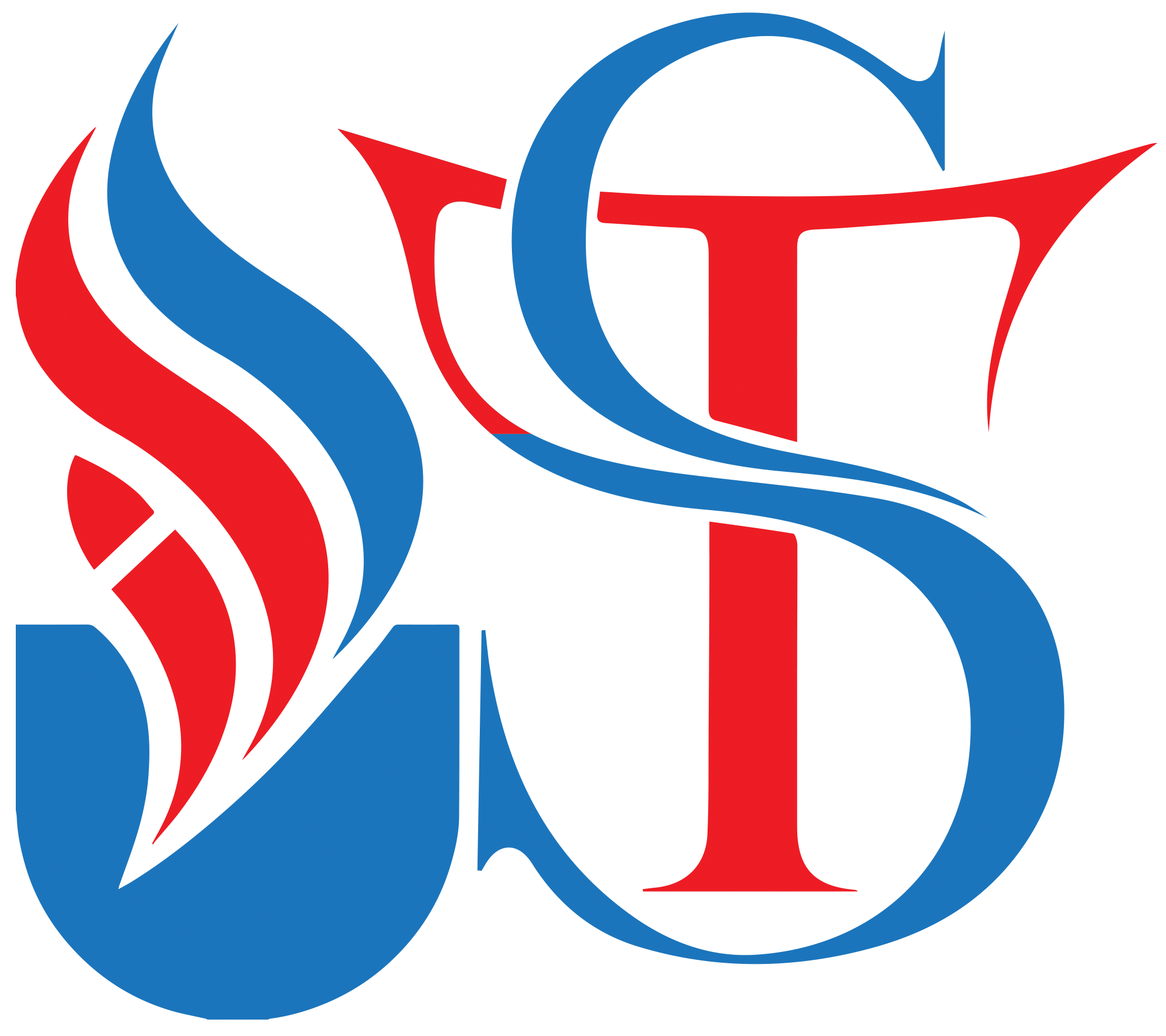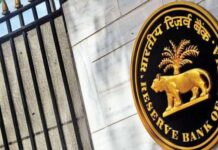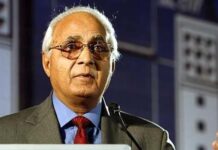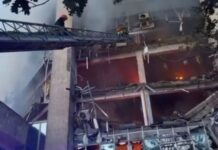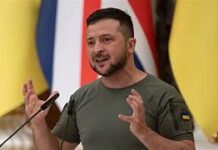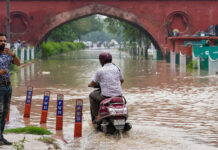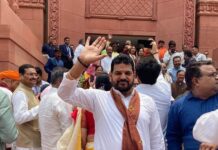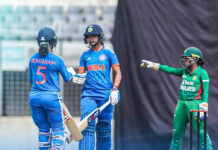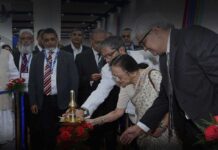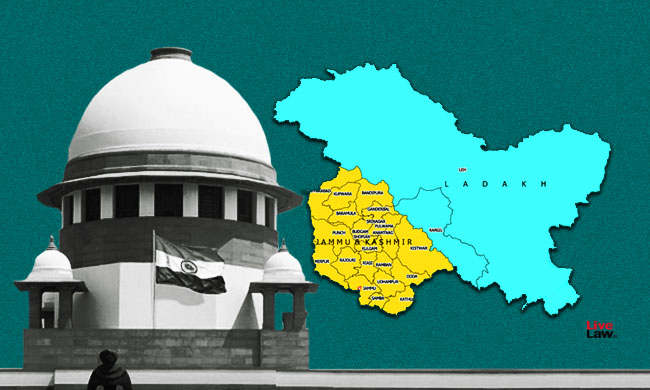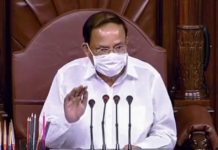Bar and Bench has reported about an intervention application which was preferred in the ongoing petition at the Supreme Court to void the abrogation of Article 370 by the Centre on August 05, 2019. There were various petitions presented before the Supreme Court, clubbed together and to be heard by a Constitution Bench. The intervention application was preferred by two Kashmiri Pandits named Tej Kumar Moza and Karishma Tej Kumar Moza as well as the All India Kashmiri Samaj (AIKS).
AIKS is an apex body, a coming together with various different groups formed by Kashmiri Pandits. The two individuals, as well as the AIKS, have moved the Supreme Court in support of the historic decision taken on August 05 to scrap the provision under Article 370 and bifurcate the State of Jammu & Kashmir into two separate Union Territories [UTs].
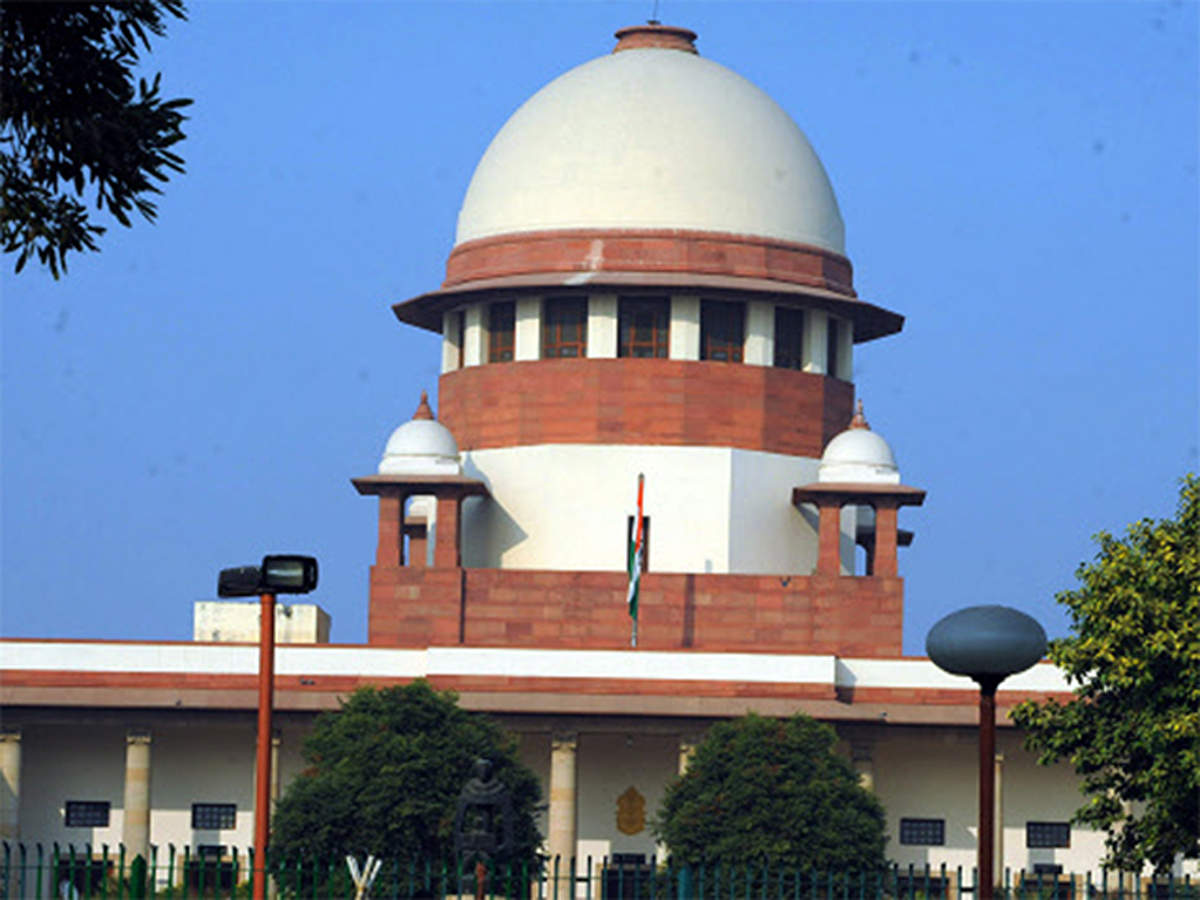
Even on the day, the scrapping of Article 370 was announced, the Kashmiri Pandit community had shown support. The Business Standard reported that
“Kashmiri Pandits, displaced from the Valley in the 1990s, also hailed the scrapping of Article 370 of the Constitution as a “historic event” and hoped it would pave the way for their return to homeland with honour and dignity.”
Support from Kashmiri Pandits for revocation of Article 370:
Through the intervention application presented before the court, they have shown support for the Presidential Orders, which resulted in the abrogation of Article 370 as well the passing of the Jammu & Kashmir Re-organization Act, 2019. As a result of the decision taken, the special status which the State State has been enjoying was revoked. Moreover, the Re-organization Act has bifurcated the State of Jammu and Kashmir into two separate Union Territories [UTs]- the Union Territory of Jammu & Kashmir, and the Union Territory of Ladakh.
The applications have been drawn by advocates Rahul G Tanwani, Manan Sanghai, VC Shukla and Prashant Singh. Moreover, it has been filed through advocate Anantha Narayana MG. The content of the intervention applications states that Article 370 was only a transitory and thus temporary provision which was enacted keeping in mind the peculiar situation of Jammu & Kashmir prevailing at that point of time. The intention of revoking such a rule granting special status to the State, which literally is a union of states.
Moreover, it also defends the power exercised by the President to bring this change by saying that I power of the President to cease the operation of Article 370 by way of public notification, was provided by the provision itself. They have submitted that the recent announcement thus was wholly legal and ‘in consonance with the provisions of Article 370.’
They have argued on the nature of the Treaty of Accession of Jammu & Kashmir to the Republic of India, saying that it was ‘unconditional’. They thus conclude to say that it has always been the intention of the State. State to be wholly integrated with mainland India, like any other state which could only be done by revoking the provision granting it a special status.
The application filed by AIKS says that the requirement under Article 370 was temporary, solely inserted with the object of securing peace, security, law and order in the valley. They have explained that post-revocation, Jammu and Kashmir ‘would be subject to the Constitution of India’ and thus the need for a separate Constitution will not arise.
The threat of infiltration in Kashmir by Pakistan & China:
The applicants have also brought to the notice of the court, the constant danger of infiltration in the area by Pakistan and China. They have reported that there are commonplace incidents of cross-border radicalism, often leading to the presence of terrorist acts. The petition argues that the State government in the area has been not only unable but also unwilling to resolve the security issues.
They have pointed out that when governed as a Union Territory, the region will be under the Centre and it will ensure better overall administration including enhanced security, defence and law & order. The recent order has been said to be ‘means to restore normaly’ and better the ‘the fragile political and security conditions’ in the Kashmir region. They emphasised on the condition of the ‘exiled Kashmiri Pandits’, saying that the move will allow them to return to a safe environment.
On questions of whether the move of the Central Government violates the basic structure of the doctrine, the petition answers that Article 370 never formed a part of the Basic Structure of the Constitution. Further, on the question of the right to self-determination of the Kashmiri, they have shown no support and say that .in no circumstance do the Kashmiri Pandits qualify for self-determination.
They have pointed towards Section 3 of the Constitution of Jammu & Kashmir as adopted in 1956. The petition says that the provision entailed in Section 3 categorically holds that Jammu & Kashmir is an integral part of Union of India . The petition says that Municipal law does not operate like international law and therefore, any “subsequent State practise does not trump the written word or written law”.
The constitutional declaration is of such a nature that the demand for self-determination stands in contradiction to the spirit of the declaration, claims the petition.
Quasi-Federal nature of India:
The petition also refuted that the move violated the federal principles of the Republic of India. The petition claims that India, in its structure is not strictly federal, with precisely equal distribution of power between the StateState and the centre but rather ‘quasi-federal’, as it is known with a durable power inclination in favour of the Centre.
The petition says that when the decision was taken, the StateState was under President’s rule. Under such a circumstance, where the President exercises legislative functions, decisions made him cannot be presumed unconstitutional. It states,
“It is submitted when a state is placed under the President’s Rule by a proclamation under Article 356; the President takes over the administration of the StateState. By taking over such administration, the Parliament usually and generally performs the legislative functions of the State Assembly and any such legislative decision taken cannot be presumed unconstitutional as, in times of President’s rule, the Parliament is a repository of legislative power.
Now admittedly Jammu & Kashmir has been placed under the President’s Rule. Therefore, it is no longer the federal lens, but the unitary lens that applies and the Parliament has to perform functions under List-I, List-II and List-III of the Seventh Schedule.”
Therefore, the two Kashmiri Pandits and AISA, as applicants via their intervention application have prayed before the court to allow their intervention in the ongoing petition. Moreover, they have also prayed that the petition challenging Article 370 and Reorganisation Act to be dismissed immediately.
The manner in which Article 370 was removed:
Before the removal of Article 370 on August 5 y a Presidential Order, [ Constitution (Application to Jammu & Kashmir) Order, 2019], Constitution (Application to Jammu & Kashmir) Order, 1954 was applicable in the region. The 1954 Order had listed out specific provisions of the Constitution of India not-applicable to the region of Jammu and Kashmir. Therefore, the said order of 1954 was no replaced by a 2019 order providing all provisions of the Constitution of India to be applicable in the Jammu and Kashmir region, as it is with the few given exceptions and modifications.
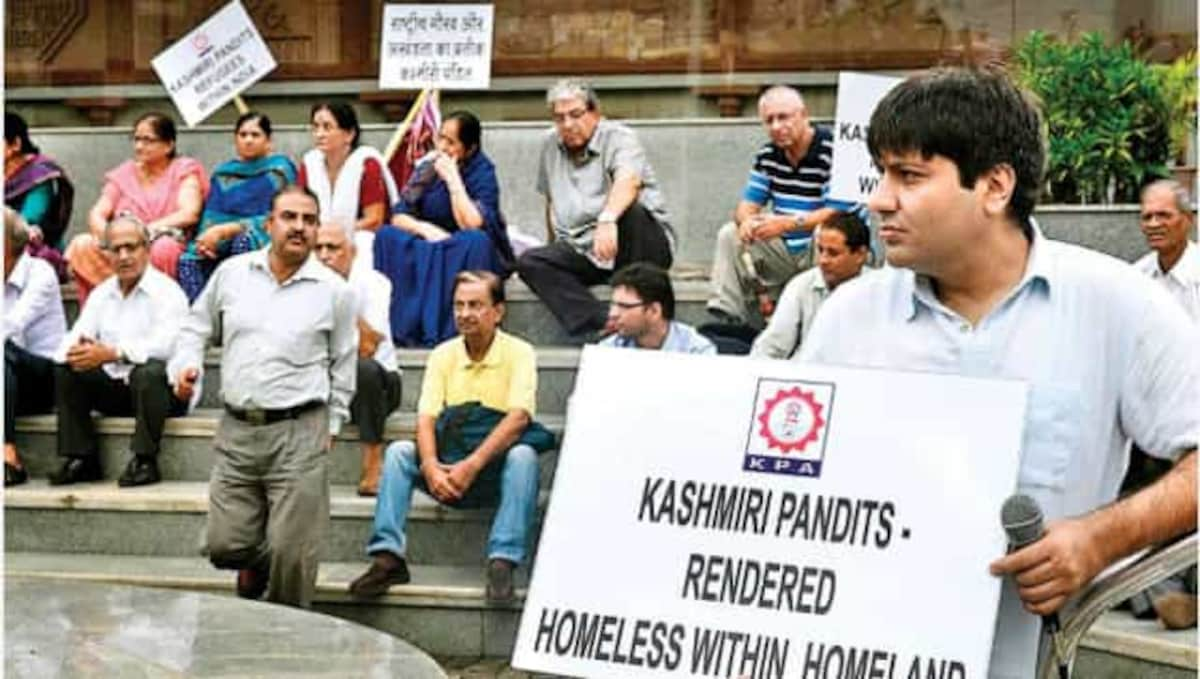
At the time of introduction of the said change via a Presidential Order, Article 370 sub-section (3) puts a pre-condition of ‘concurrence by the Constituent Assembly of the State of Jammu & Kashmir.’ However, because the Constituent Assembly had ceased to exist back in the 1950s, it was presumed that a Presidential order alone would stand good in law. This will be one of the question decided by the Supreme Court when it begins the hearing on the matter of revoking the abrogation of Article 370.
The Centre sought some commendable legal creativity, to get past this hurdle. First, via the Presidential Order, an amendment was brought to Article 367, which said that the words’ Constituent Assembly’ as used under Article 370(3) should mean ‘Legislative Assembly.’ Next, the President had issued another order on August 6 revoking special status of Kashmir by repealing Article 370.
The Presidential Order of August 5 also allowed for the introduction of the Jammu & Kashmir Reorganisation Act, 2019 which bifurcated the State of Jammu and Kashmir into two Union Territories – Union Territory of Jammu & Kashmir, and Union Territory of Ladakh.
